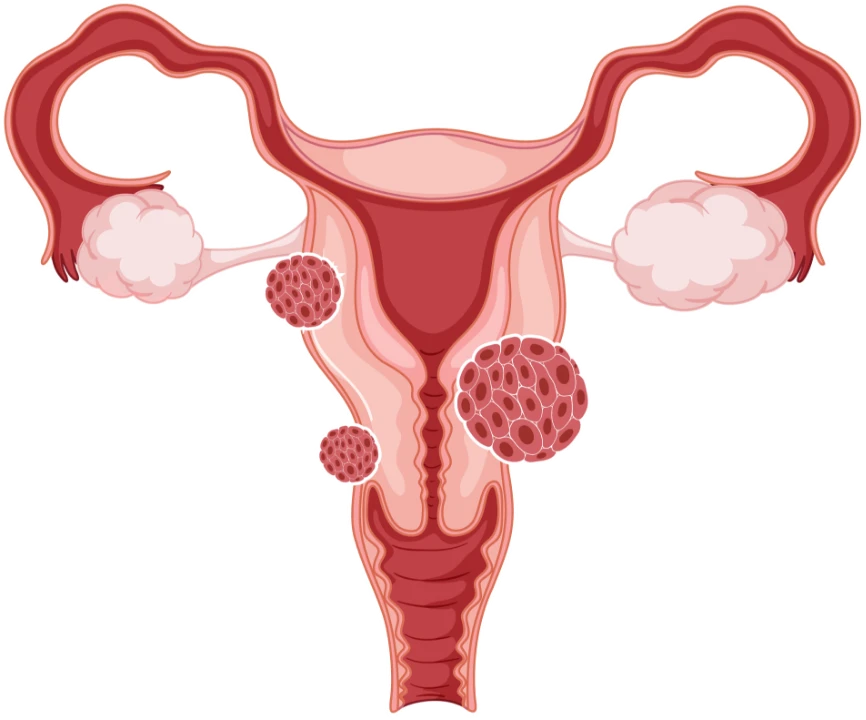Center for Fibroid Treatment
Why are more women choosing UFE for fibroid treatment?
Get treated for fibroids now!
Fill out this form and we will reach out to you to book an appointment with our experts

Thank you, your request has been submitted
One of our team members will reach out to you shortly


Get excited about possibilities for fibroid treatment
- Minimally invasive
- Cutting edge
- Zero downtime
Uterine Fibroid
Embolization (UFE)
Description
At Fibroid Pain Center, we offer a minimally invasive procedure in which small particles block the blood supply to fibroids, causing them to shrink gradually.
Pros
Minimally invasive; preserves the uterus; shorter recovery, fewer fertility risks
Cons
Treatment depends on the size and type of fibroids
Recovery time
1-2 weeks
Ideal for
Women who want to preserve fertility/uterus

You are likely a candidate for minimally invasive fibroid treatment if you’re experiencing:
Constipation
& pelvic pain
Pain during
intercourse
Lower
back pain
Uncomfortable
bloating
Heavy or
painful periods
Frequent
urination
If left untreated, uterine fibroids can have consequences such as
Infertility
Anemia
C-Section delivery
complications
Premature labour
Miscarriage
Potentiate
malignancy
If you are suffering from any type of fibroids, we recommend seeking expert care immediately. We can help you!
Compare treatments
Uterine Fibroid
Embolization (UFE)
Hormonal
treatment
Myomectomy
Hysterectomy
Endometrial
Ablation
Radio-frequency
Ablation (RFA)

Surgical options (Hysterectomy, Myomectomy)
Holistic treatments (Acupuncture, Herbal)
Fast recovery / Outpatient
1–2 weeks / Outpatient
4–8 weeks Hospitalization needed
Frequent ongoing treatments without definitive resolution
n/a
Minimally invasive
Yes
Invasive surgery
Not clinically proven to shrink fibroids
n/a
Fertility preservation
Uterus preserved
Permanently lost, or preserved but risk of recurrence
Not clinically proven to shrink fibroids
n/a
Safe & low-risk Procedure
90% success rate in long- lasting symptom relief
Mixed outcomes
Temporary symptom management, not permanent solution
High
Moderate
Low
Fibroids FAQ
How are fibroids diagnosed?
What are the common types of fibroids?
Intramural Fibroids: Develop within the muscular wall of the uterus.
Submucosal Fibroids: Protrude into the uterine cavity.
Subserosal Fibroids: Extend to the outside of the uterus.
Each type can affect uterine function differently and may influence symptom severity and treatment options.
Can fibroids lead to cancer?
Fibroids are almost always benign and not associated with an increased risk of uterine cancer. The occurrence of cancerous fibroids, known as leiomyosarcomas, is exceedingly rare, estimated at about 0.25% (1 in 400) of women undergoing surgery for fibroids.
Does UFE treatment affect fertility?
Uterine fibroid embolization (UFE) is generally considered safe for fertility. Many women have been able to conceive after the procedure. However, every patient is unique, and the effects of UFE on fertility can vary depending on individual circumstances.
